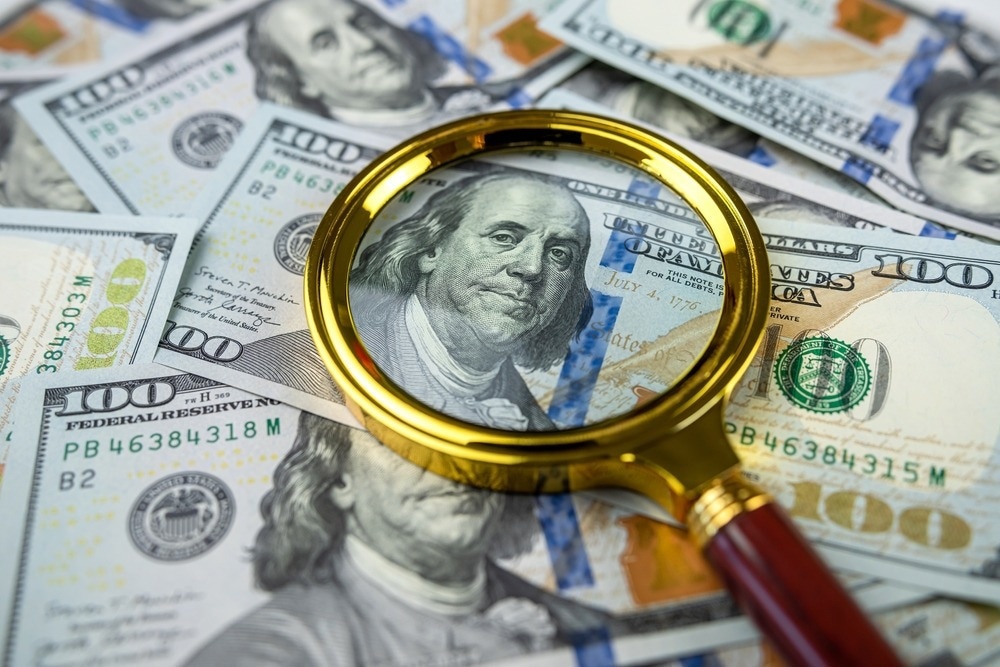A group of researchers at Western University has created a new weapon in the fight against counterfeiting. Their innovative method uses materials with a special property called "persistent luminescence" (PersL) to create identification marks with multiple layers of security. The study was published in the journal ACS Applied Nano Materials.

Image Credit: RomanR/Shutterstock.com
The ability of counterfeiters to impersonate documents such as diplomas, money, prescription drugs, and artwork is growing. Although safeguards like luminescent markings—marks that glow when exposed to ultraviolet light—have been in place for some time, forgers have found ways to get around them.
When exposed to UV light, the luminescent materials currently used for anticounterfeiting become visible; however, when the light source is removed, they stop glowing. Using the Canadian Light Source (CLS) at the University of Saskatchewan (USask), the Western team created new materials that are inorganic phosphor nanoparticles that are visible to the human eye for a few minutes after UV light is turned off.
They also emit a unique shade of red light that is difficult to replicate. Most importantly, an identification mark can be "programmed" to fade over time, with some elements going away almost instantly and others taking several minutes to disappear.
By adjusting the dopants (additions) they added to the base material, magnesium germanium oxide, the researchers were able to modify its optical characteristics and attain this tunability.
We can incorporate these into our material to construct a complicated pattern so that different parts glow for different durations. That is our ultimate security. It will be very difficult to find something that can achieve that property.
Dr. Lijia Liu, Professor, Department of Chemistry, Western University
Liu and colleagues have created a nanosized persistent luminescent material that can be used to print extremely detailed patterns, even though micrometer-sized persistent luminescent materials are already readily available. Compared to current materials, the particles they created glow longer and brighter.
The team used data gathered at the CLS to inform their work. The team's utilization of the beamlines Brockhouse, SGM, and IDEAS, according to lead author Yihong Liu, allowed them to gain a deeper understanding of the interaction between the dopants and the base material, which is essential for the tunable afterglow.
When you observe something unusual in the material made in the lab, you wonder why. The spectroscopy technologies at the Canadian Light Source are powerful tools to answer these questions.
Yihong Liu, Study Lead Author, Department of Chemistry, Western University
Researchers develop tuneable anticounterfeiting material
Researchers develop tuneable anticounterfeiting material. Video Credit: Canadian Light Source
Journal Reference:
Liu, Y., et al. (2024) Multiband MgGeO3-Based Persistent Luminescent Nanophosphors for Dynamic and Multimodal Anticounterfeiting. ACS Applied Nano Materials doi.org/10.1021/acsanm.4c01069